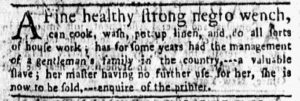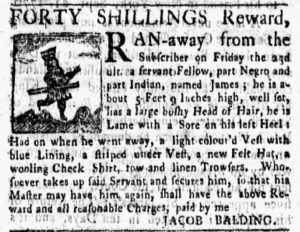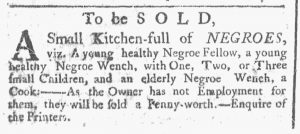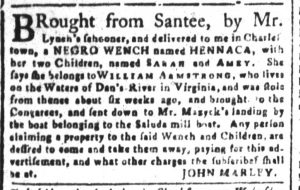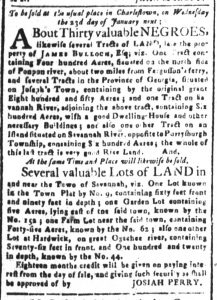What was advertised in a colonial American newspaper 250 years ago today?

“The Royal Exchange Tavern … will be opened this Day as a COFFEE-HOUSE.”
When Abigail Stoneman opened a new coffeehouse in Boston in December 1770, she attempted to increase the visibility of her venture by advertising in multiple newspapers rather than trusting that word-of-mouth recommendations and the readership of a single publication would be sufficient to attract customers. Having “repaired and fitted for the Reception of Company” the Royal Exchange Tavern on King Street, Stoneman announced that it now operated as a coffeehouse, though she also provided furnished lodgings “for constant or occasional Boarders.”
To spread the news widely, she placed notices in the Boston Evening-Post, the Boston-Gazette, and the Massachusetts Gazette and Boston Post-Boy, three of the five newspapers published in Boston at the time. She did not insert her advertisement in the Massachusetts Gazette and Boston Weekly News-Letter or the Massachusetts Spy. The latter had only recently launched and carried few advertisements, perhaps indicative of a smaller readership and, accordingly, fewer prospective customers. Her budget for advertising may have prompted Stoneman to limit her efforts to three newspapers instead of placing notices in all four with wider distributions.
The copy and format of Stoneman’s advertisements further confirm the division of labor evident in other paid notices that ran in multiple newspapers. The advertiser assumed responsibility for composing the copy, but the compositor exercised discretion when it came to format. Stoneman’s advertisements featured identical copy (with the exception of a dateline that did not appear in the Boston Evening-Post, though that very well could have been a decision made by the compositor). The format from newspaper to newspaper, however, varied. The iteration in the Boston Evening-Post had the most recognizable headline and made use of centering for “COFFEE-HOUSE” in a larger font. The other two iterations treated the copy as a single paragraph that lacked centering or white space to draw attention to significant aspects.
Regardless of the graphic design decisions made by compositors for the various newspapers, Stoneman informed the public that she offered hospitality at a new coffeehouse in the Royal Exchange Tavern. Readers of multiple newspapers encountered her invitation to enjoy the new atmosphere at the Royal Exchange Tavern, repaired and remodeled as a coffeehouse. Whether or not readers had previously visited, she welcomed them all to her new enterprise.


